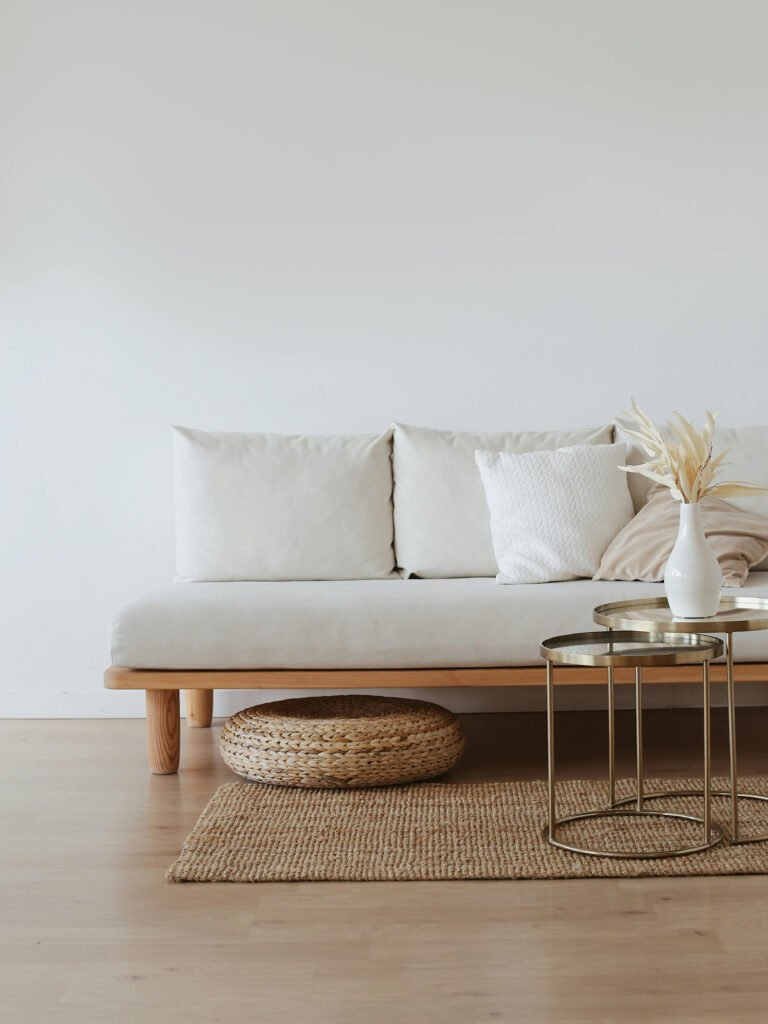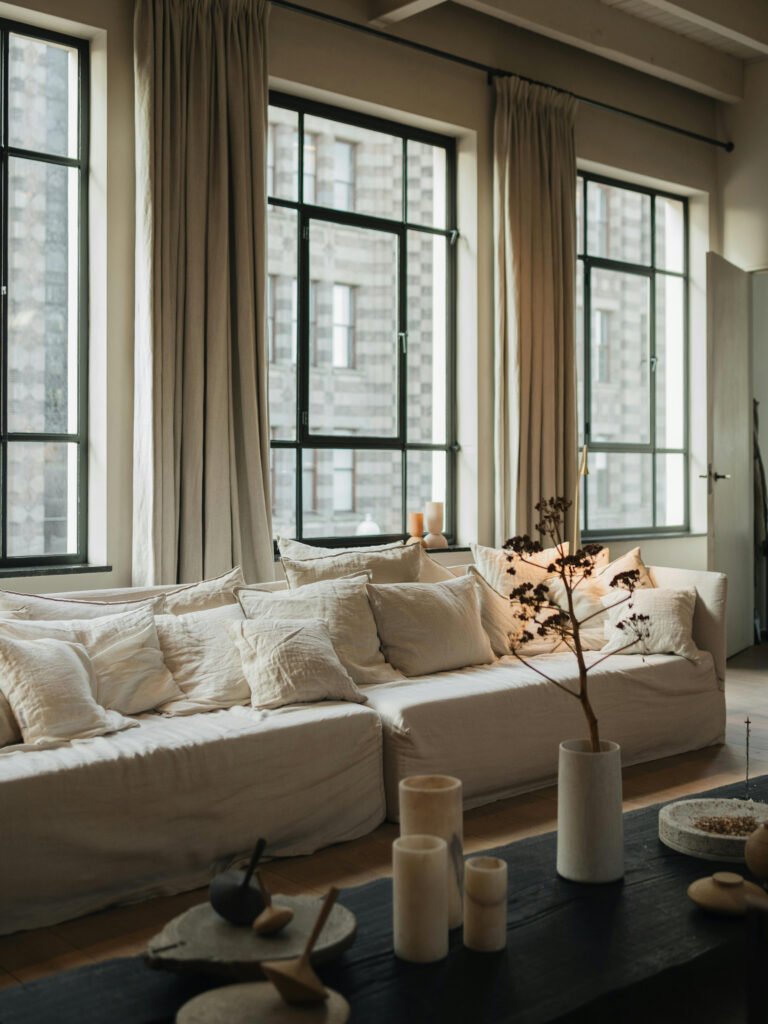Street furniture
Street furniture refers to chairs and stools placed on the street for pedestrians to rest when they are tired. Later, in the design of urban landscape environment, other facilities on the street, such as trash cans, mailboxes, telephone booths, urban sign systems, lighting systems, bus shelters, public artworks, etc., are also collectively referred to as street furniture. They are indispensable elements in the organization of urban public space and landscape, and are an important part of reflecting the characteristics and cultural connotations of the city.
The concept of street furniture Street furniture refers to chairs, stools and other furniture placed on the street in the early days, for pedestrians to rest when they are tired of walking. Later, in the design of urban landscape environment, other facilities on the street, such as trash cans, mailboxes, telephone booths, urban sign systems, lighting systems, bus shelters, public artworks, etc., were also collectively referred to as street furniture. They are indispensable elements in the organization of urban public space and landscape, and are an important part of reflecting the characteristics and cultural connotations of the city.

Categories of street furniture Street furniture is of various types and huge in number. In terms of function, it can generally be divided into the following categories:
—Meeting traffic needs, such as bus shelters, traffic signs, pedestrian overpasses, underground traffic entrances and exits, etc.;
—Safety, such as street lights, walkway lights, garden lights, etc.;
—Commercial, such as advertising signs, ticket booths, newsstands, etc.;
—Information, such as information desks, advertising boards, notice boards, etc.;
—Relaxation, such as pavilions, chairs, colonnade frames, etc.;
—Environmental protection, such as garbage bins, resource recycling bins, etc.;
—Postal and telecommunications, such as telephone booths, mailboxes, etc.;
—Urban equipment, such as power transformer boxes, etc.

Functions of street furniture Street furniture is an important part of urban public space and landscape environment. Street furniture is a detailed embellishment on the framework with specific significance formed by urban planning and design, and is the deepening and refinement of urban planning and design. Urban planning and design take into account certain laws of human activities, but it is impossible to fully consider the contingency of human activities. These contradictions and specific problems rely on urban street furniture to a large extent to improve and solve. The design of street furniture can often affect the cultural issues of people’s lives and can lead to the formation of a new life culture, social culture and humanistic spirit.
Analysis of street furniture design The design of urban street furniture mainly focuses on the study of the relationship between public space, urban environment and crowd behavior. Its purpose can be divided into three levels: first, to meet people’s basic needs for urban public life; second, to build a public living environment that is more in line with the wishes of modern people; third, to create a communication medium between people, between people and things, and between things, and to guide and inspire exchanges and communication through this medium.
Symbiosis of street furniture and urban landscape Placed in a specific urban environment, street furniture is inevitably affected by various factors related to the natural and social background of the city. If street furniture cannot be coordinated with the urban context in which it is free, it will make the experiencer feel contradictory and confused. Therefore, how to make street furniture coexist with urban landscape is an issue that should be focused on when designing street furniture. The coexistence of the two can be roughly considered from three aspects: quantity control, location control, and style control of street furniture.
Street furniture design principles The existence of street furniture is not only for human behavior and activity requirements, but also forms many nodes and memories visually, and has the function of providing space definition, conversion, and point scenery. When planning and designing street furniture, we should follow the concept of people-oriented and future-oriented; the concept of continuing the context and forming characteristics; the concept of respecting nature and harmonious coexistence; the concept of coordination, unity, and diversified changes.

(1) The principle of respecting the regional culture and environmental characteristics of the city
Furniture is a cultural form, and furniture culture is a combination of material culture, spiritual culture and artistic culture. A city has its historical and cultural background and geographical environment characteristics. The design of street furniture should highlight the regional cultural characteristics and environmental characteristics of the city and express the original character of the city. In the design of street furniture, it is unwise to start only from the form. The first thing to do is to start from the regional culture and the characteristics of the urban environment, and to simply and appropriately design the shape, material, color and detail design in accordance with the regional culture and environmental characteristics of the city.
(2) The principle of functional applicability
Each category of street furniture has a specific function. When planning and designing street furniture, its maximum function should be met and exerted. At the same time, the functional requirements of climate, physics, physiology, psychology, behavior, etc. should be comprehensively considered, and reasonable design treatment should be carried out on the furniture structure to achieve safety and easy maintenance.
(3) The principle of landscape visibility
Street furniture contains certain aesthetic characteristics. Through the scale, proportion, volume, material, color, contrast, rhythm, etc. of furniture, people can enjoy the beauty while using or viewing street furniture. The most common foreign street furniture is simple modern style. For example, the orange juice booth in Paris is placed on the street in the shape of oranges, which fully reflects the design concept of “simple is beautiful”.
(4) Principles of environmental protection and sustainable use of resources
Furniture is made of different materials. The materials used to make street furniture should be mainly recyclable materials to reduce pollution to the environment, achieve the harmonious development of the human living environment and the sustainable use of resources. For example, wood-plastic composite material is a new type of environmentally friendly material with high strength and hardness, acid and alkali resistance, corrosion resistance, not easy to deform, no formaldehyde, easy to recycle, excellent molding performance, low water absorption, no cracking, etc. It is an ideal material for making street furniture.




